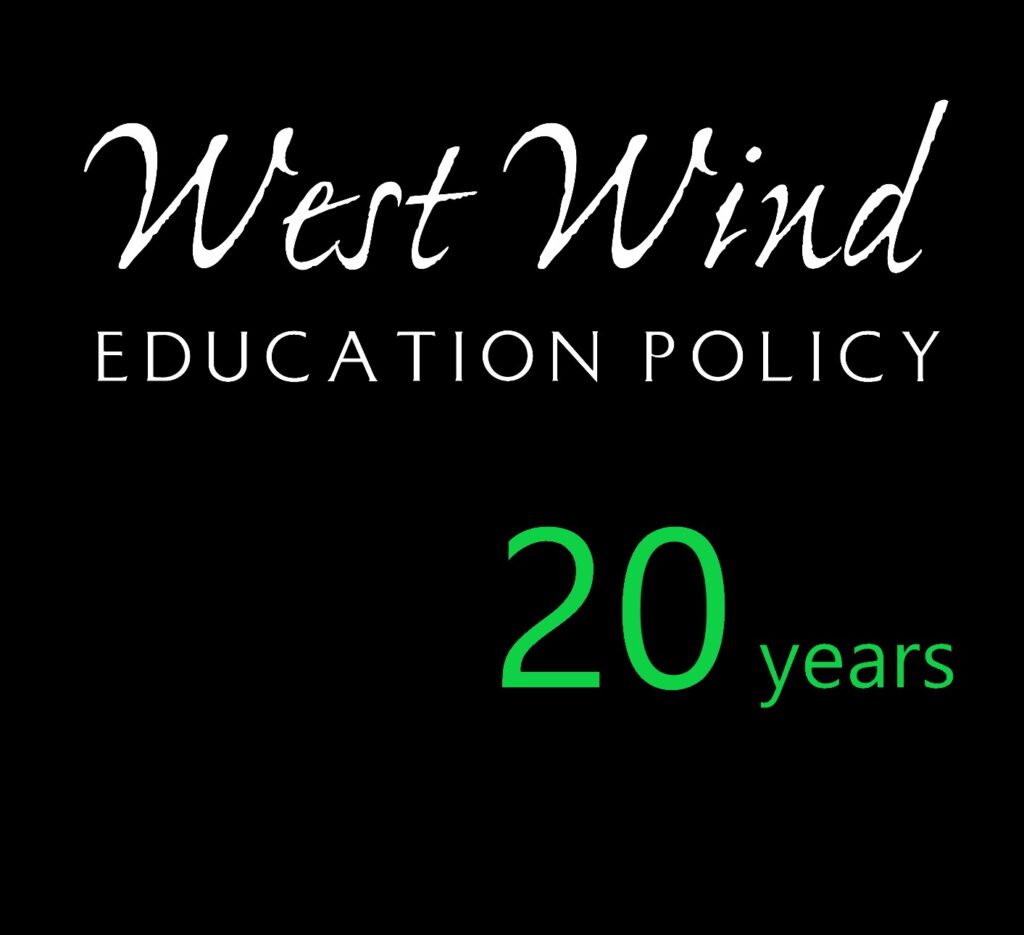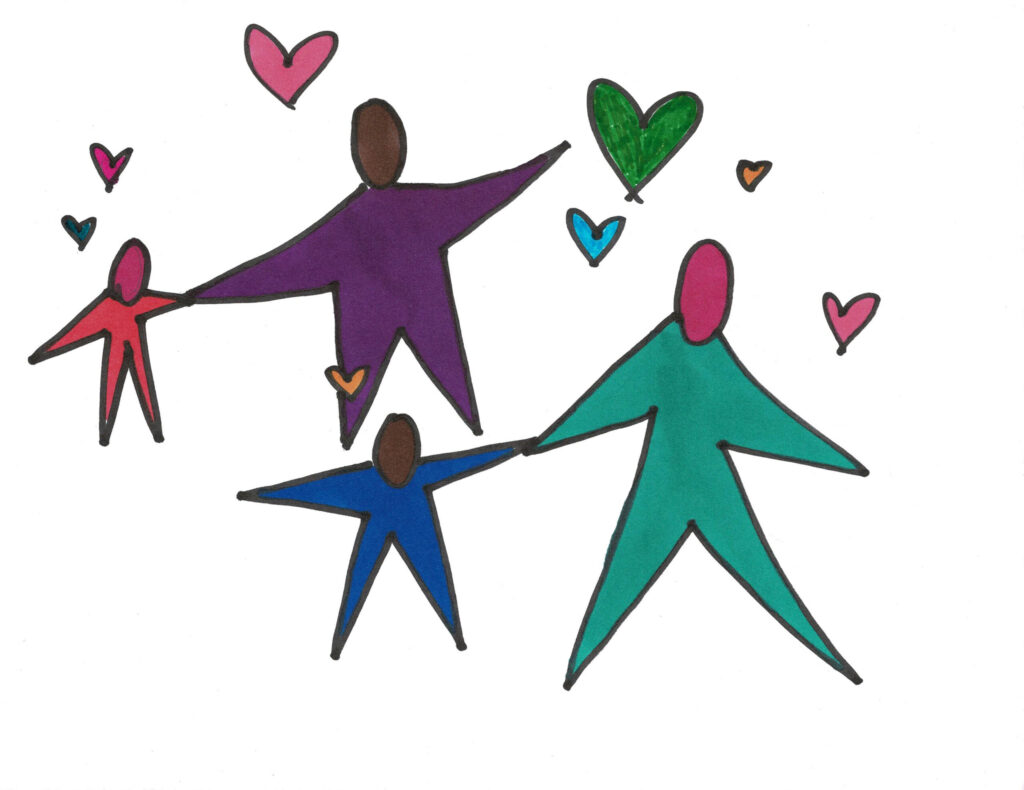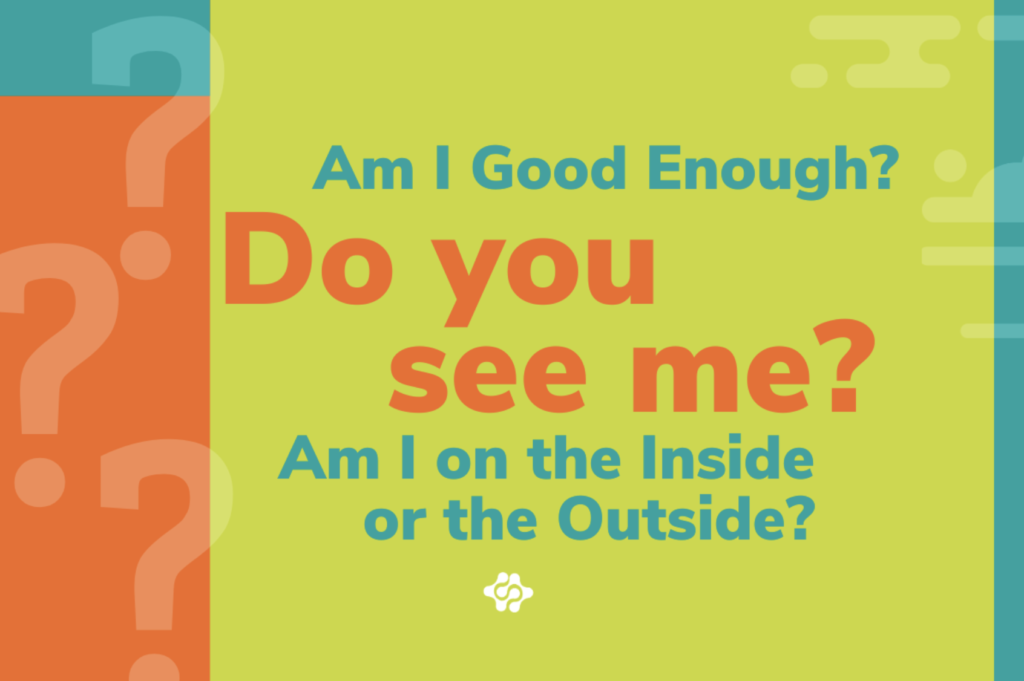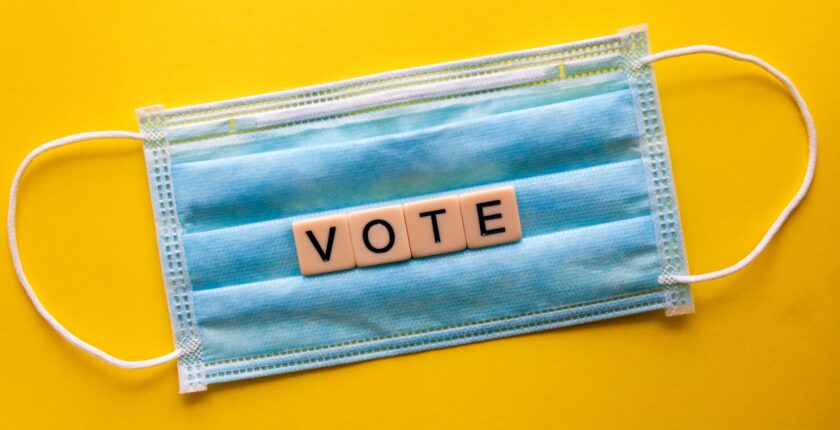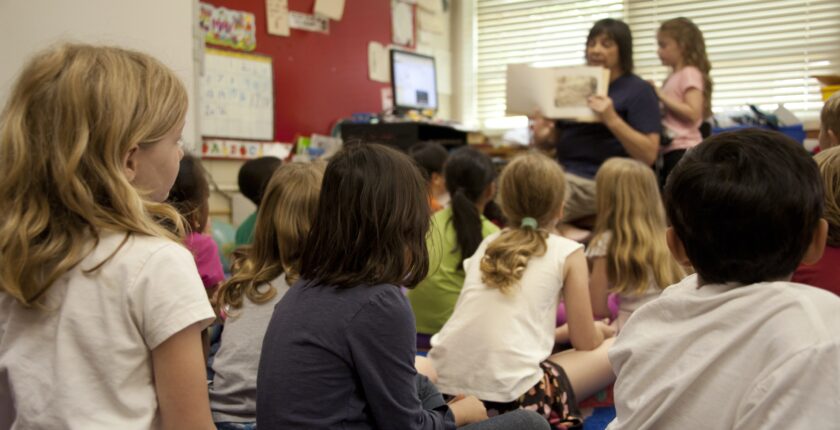The Importance of “Doing Something” – What Do We Do Tomorrow?
As an elementary principal, when an unspeakable event occurred, it was always my role to offer support to families and guidance for teachers on how to cope, what to say, and to repeat that, yes, it was important to talk about events – even with our youngest students – especially if they were bringing it up. Now as a retired principal, I still have that same sense of urgency to support and to extend care.


